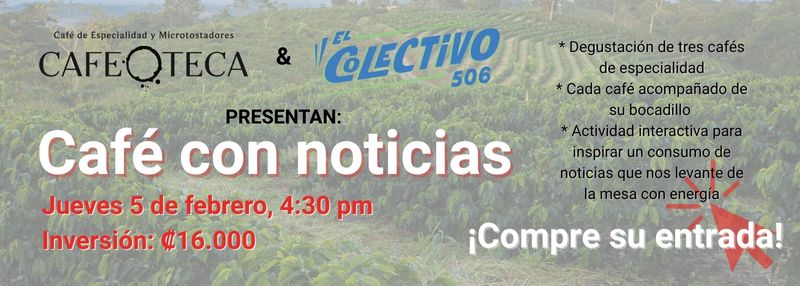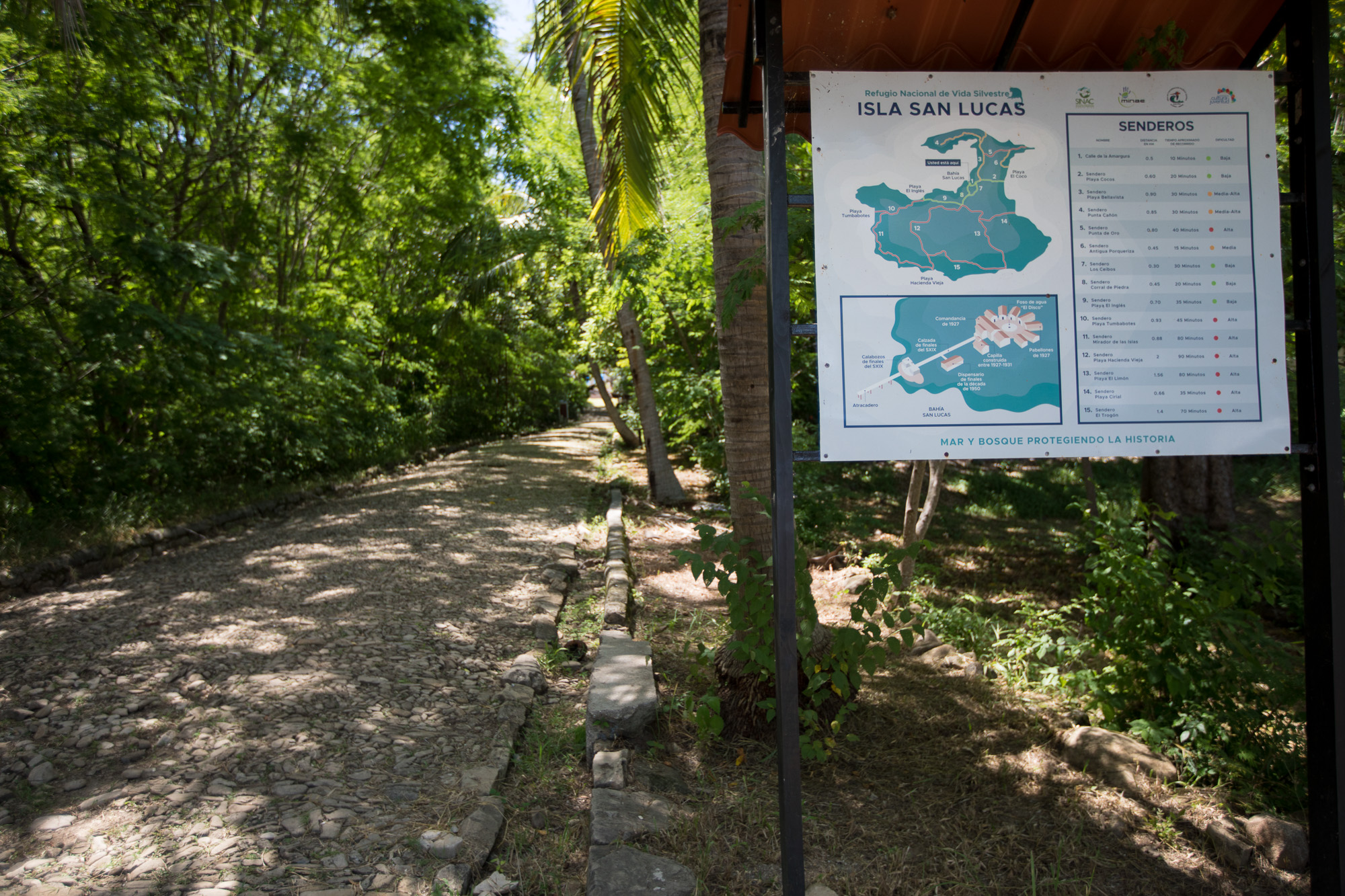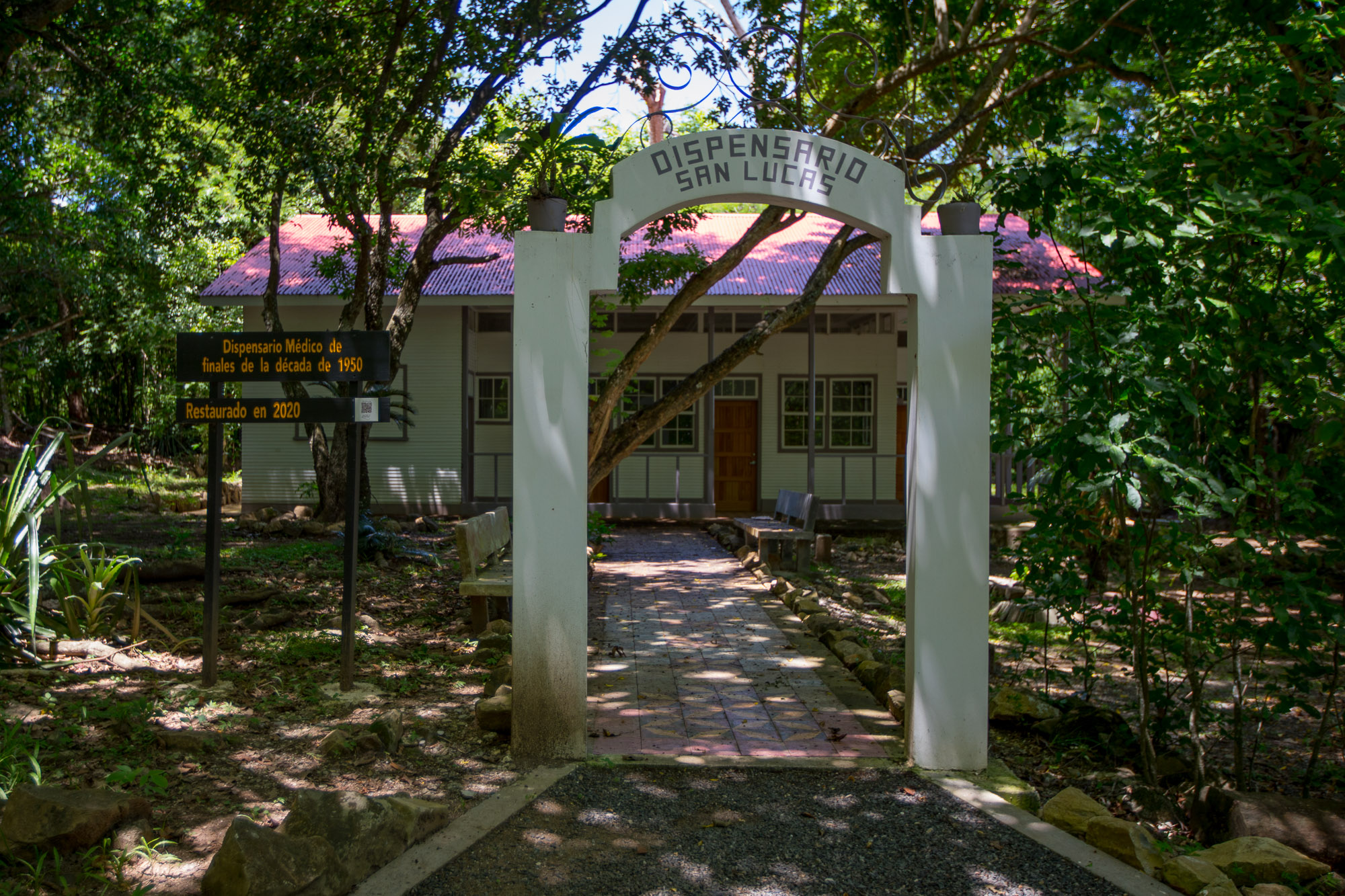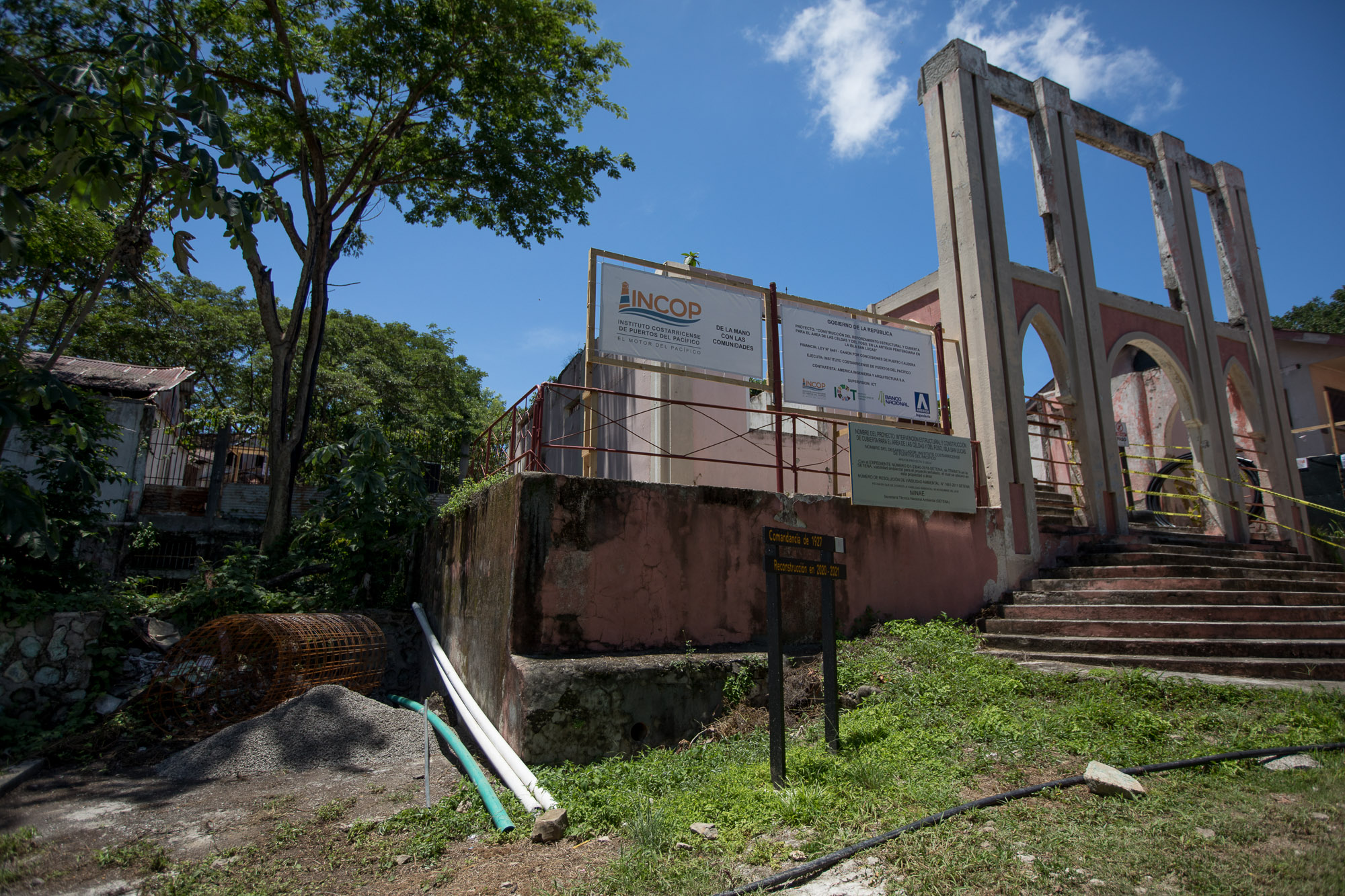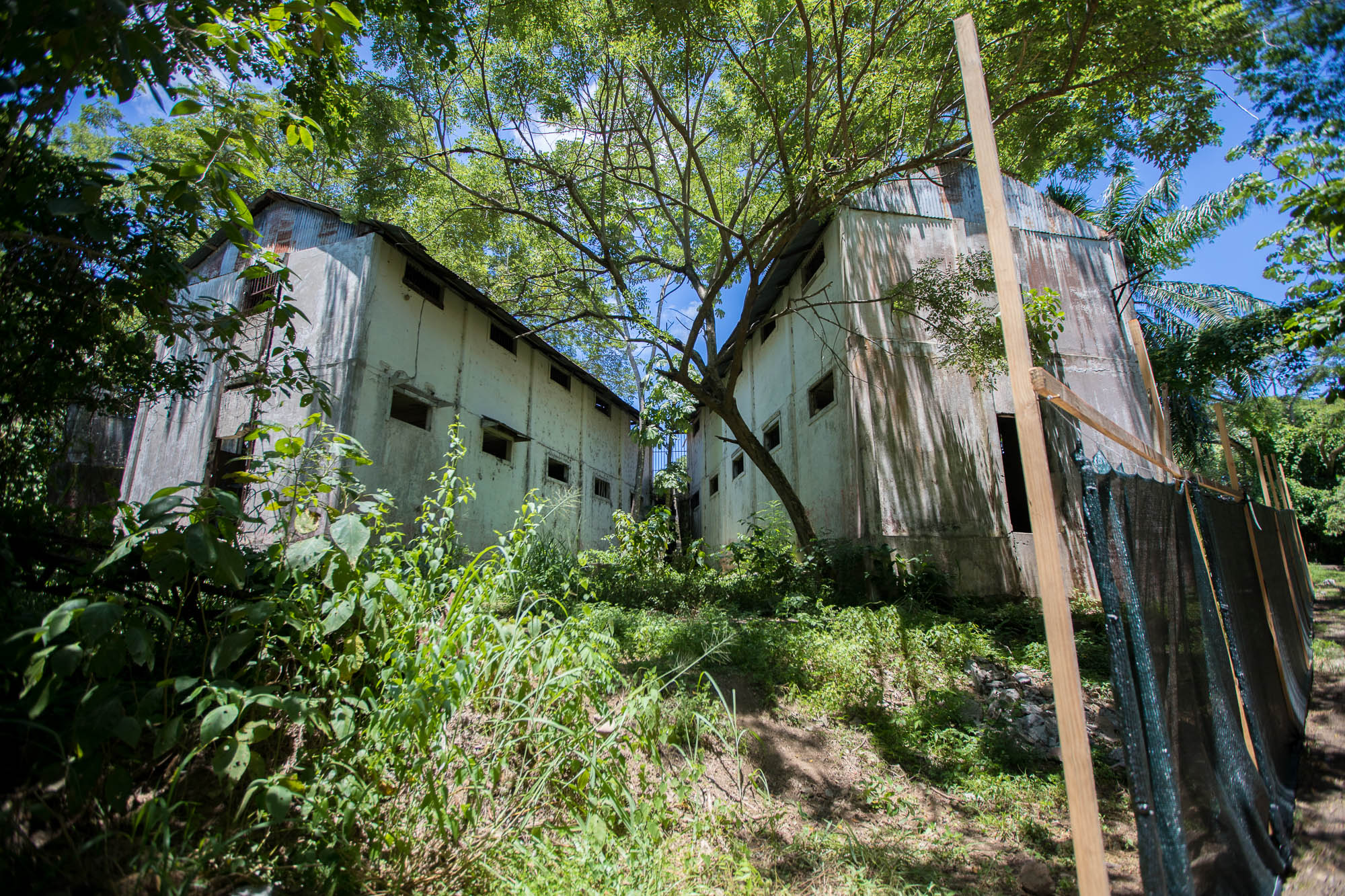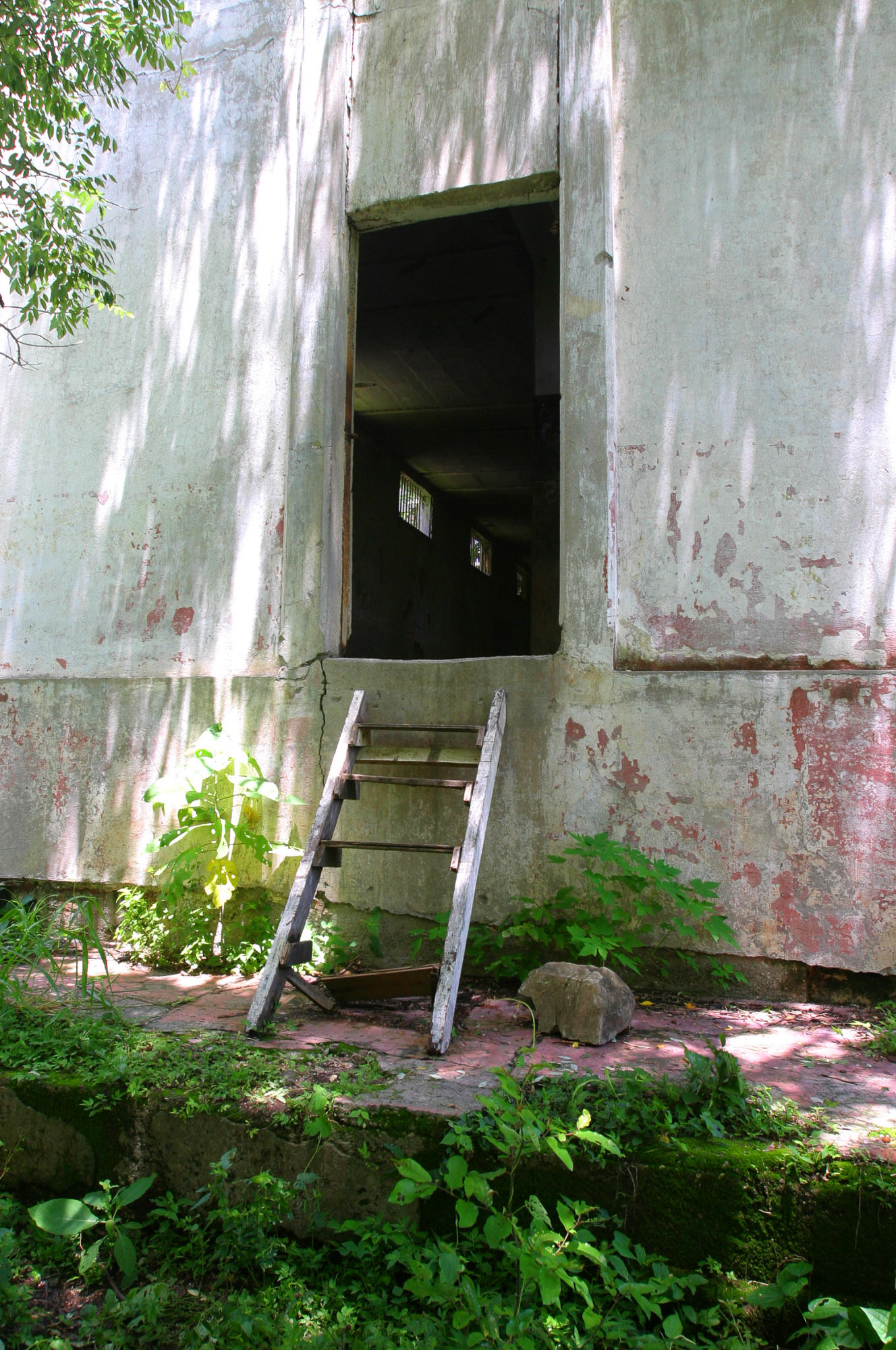We’re proud to share this collaboration between El Colectivo 506 and Comunidad870, a program from the University of Costa Rica’s 870 radio station. Thank you to Radioemisoras UCR’s Sharon García Cavallini, who is a member of our Network 506—a community focused on solutions journalism.
In Greek mythology, Circe was the daughter of the sun god Helios and the nymph Perse, who in turn was the daughter of the ocean. Circe was banished to Eea Island because of her poor decisions and powerful witchcraft. Despised for centuries, she later became a powerful sorceress, sought after by gods and mortals alike. She used her gifts to help or punish them.
Observing the green island that is San Lucas, amidst the sounds of the boat’s motor and the water of the Gulf of Nicoya, it’s easy to imagine the arrival of the gods to Isla Eea and the exile of Circe to her own island, for so many years.
Abandoned, mistreated, partly burned, but always finding a way to endure and be reborn, the essence of this island and its 462 hectares of stories still resonate.
The biggest problem for this island has been deterioration due to abandonment and insufficient institutional support. The island lost some wildlife species; buildings that are emblems of the old prison for which the island is known in other parts of Costa Rica, including some designated as Historical-Architectural Heritage sites, were in precarious condition.
However, as an important site for the coastal community of Puntarenas, its condition could not go unnoticed. Its value in Costa Rican history and literature—for example, it is the protagonist of “La Isla de los Hombres Solos,” or “The Island of Lonely Men,” by former prisoner José Luis Sánchez—attracted many eyes to that despised daughter, who now seems to be slowly recovering her shine.
This phase in its history goes hand-in-hand with the declaration of the island as a National Park, thus providing it with new attention. This Circe from Puntarenas now belongs to all of Costa Rica.
However, and against all odds, the real solution to the island’s prolonged abandonment came about thanks to inter-institutional collaboration. Various entities came together to return the Isla San Lucas to the status it deserves.

The impact of a declaration
On August 24, 2020, San Lucas changed its category from Protected Wilderness Area and National Wildlife Refuge to Isla San Lucas National Park Legislative Decree N° 9892.This made the Isla San Lucas Costa Rica’s 30th national park.
This new declaration opened the door to tourist visits to Isla San Lucas even with the presence of a new enemy: restrictions due to the COVID-19 virus. Despite the arrival of the pandemic, the reopening of the island took place under strict health protocols.
For Isla San Lucas administrator Olger Núñez, these steps showcased a new National Park that combines rich natural elements with cultural history, as well the restoration of its tropical dry forest: “This makes for a very pleasant visit,” he says.
But how did the declaration come about?

Olger explains that the International Union for the Conservation of Nature (IUCN) has generated six categories of protected area management, the first being the Strict Nature Reserve (the most rigorous), and the next the National Park category. Becoming a National Park therefore implies a stricter conservation category and supports more management models. In addition, it applies to certain ecosystems that are threatened or endangered, or have some other vulnerability.
“We have to understand that the figure of the National Park is very well regarded on a global level,” Olger adds as we begin our walk through the open mouth of the main entrance, under the bright sun.
The administrator points out that in Costa Rica’s 2019-2022 Bicentennial National Development and Public Investment Plan, there is a section focused on socioeconomic support for national parks whose nearby communities have faced unemployment and social problems. San Lucas is specifically mentioned in the plan with an item focused on the reconstruction of island’s dock.
For years, San Lucas has been a leading attraction in Puntarenas because of its history. As the boat cruises the Pacific coast, Wilker Segura of the Osiris Tour Operator, confirms how important the island is to the people of the port city.
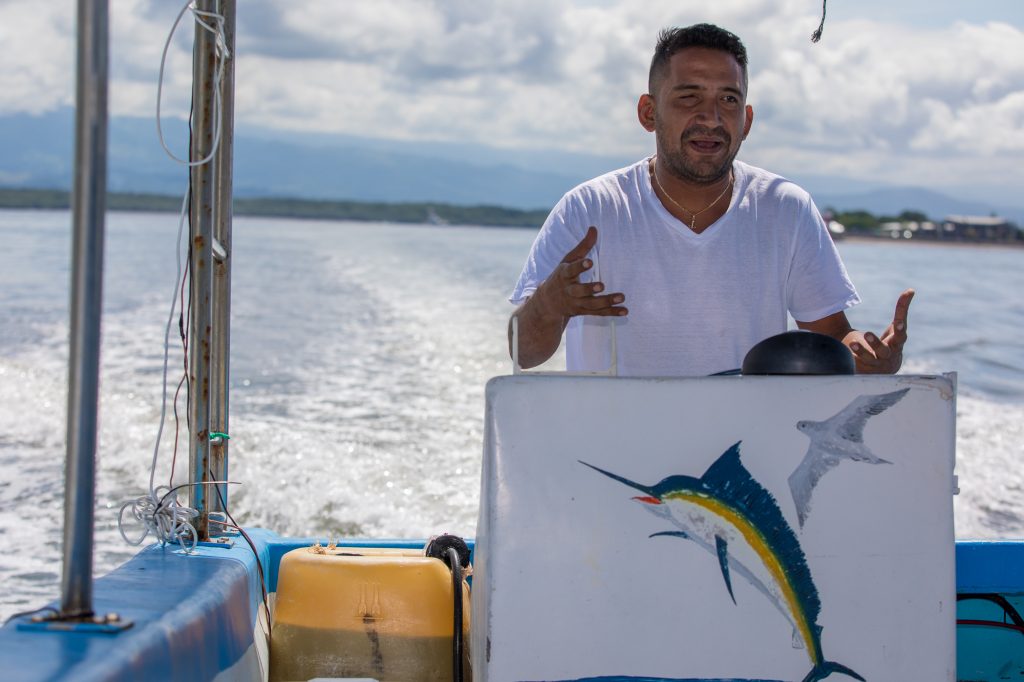
“For us, Isla San Lucas represents so much because it has been the island that has generated work for us,” Wilker says. “People have wanted to come see her. They have wanted to learn about her history, although now with the restrictions that they are setting for the island, everything has been different.”
The new declaration limits access to the park: now, it can be visited only in the company of a certified guide. Wilker says that this could create limitations for those who want to work on the site.
Olger Núñez says that he thinks a guide’s presence is important for people exploring the island.
“Certified guides have duties and responsibilities regarding the conservation of the elements, both natural and cultural,” he says. “This person has the ethics to guide the group. It ensures that none of the sites are affected. [Tourists also report] higher levels of satisfaction because they have more information.”
Guides’ presence also affects civil liability policies that the National System of Conservation Areas (SINAC) establishes for its protected areas. If a tourist does not comply with established rules such as touring only with a certified guide, and suffers an accident, SINAC’s insurance policy for situations within the guidelines would not apply.
Regarding what the island represents for Puntarenas, entrepreneur Mario Zamora, who owns the tour company Cocos Tour, says that “the island is one of many sites that is benefiting Puntarenas. When it was inaugurated [as a national park], there was a boom. Every weekend, the entrance was full.”
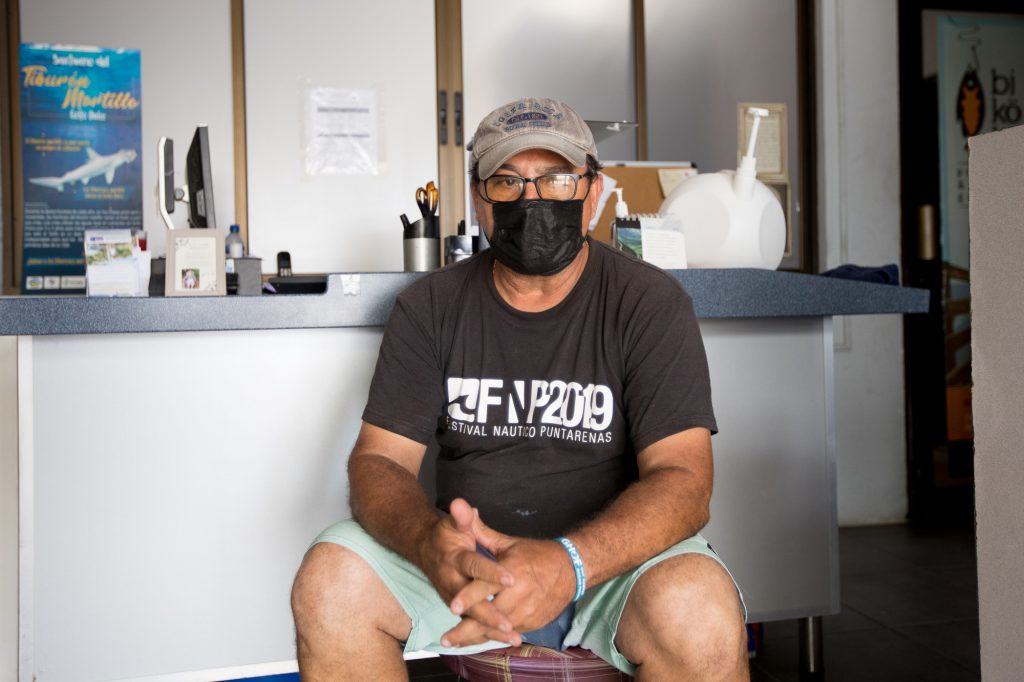
“It has highlighted Puntarenas as a tourist destination,” says Maribel Brenes, from the Puntarenas Chamber of Tourism (CATUP). “Each tourist invests approximately 35 thousand colones [approximately $56] during their visit to Isla San Lucas… the visit to Isla San Lucas represents more than 300 million colones for the tourism sector in this first year of the new park [that’s more than $480,000 from August 2020-August 2021].”
Puntarenas Vice Mayor Andrea Madrigal says that the change of category for the island may affect the entire region.
“Having yet another park intensifies the tourism industry cluster that we need to strengthen, not only as a canton but also as a region,” she says.
With the reactivation and the declaration come new guidelines that are part of the change, providing additional security to the visitor. The island is now staffed by law enforcement, coast guard and park personnel.
Both the Vice Mayor and the park administrator say that by reactivating the island as a national park, environmental practices realted to tourism are better managed, which in the long run also benefit the Gulf of Nicoya and the canton of Puntarenas as a whole. A better balance between tourism and the environment generates employment and ecosystem services.
One pending task is to improve value chains so that visitors consume local goods and services. Olger Núñez describes some of the most closely linked areas: Puntarenas, Caballo and Venado Islands, and the southern part of the Nicoya Peninsula, as well as other points such as Lepanto, Cóbano and Paquera where people can set off for San Lucas.
“We’ve had close to 13,000 visitors from August 22 [2020] to date,” Olger says, adding that visitors travel by boat and tend to consume goods and services near the island. The island generally sells out every weekend: approximately 150 people are allowed to enter each day.
The park implements innovative tools such as marking trail areas according to degree of difficulty and using QR codes to complement the information through devices or technological experiences.
The key: collaboration
The decree that created the Isla San Lucas National Park also set up a Board of Directors attached to the Ministry of Environment and Energy (MINAE). This board is made up of the Minister of Environment and Energy, the Minister of Culture, president of the Costa Rican Tourism Institute (ICT), a representative of the Executive Branch, the Mayor of Puntarenas, and the President of the Puntarenas Chamber of Tourism (CATUP).
According to the interviewees, all the collaborative efforts that have taken place between these and other entities were made possible thanks to lessons learned through teamwork. Recent decisions were informed by past experiences that proved that a single institution could not cope with the maintenance of the entire island.
For Vice Mayor Andrea Madrigal, the maintenance of the island for many years by the Municipality of Puntarenas required a massive effort: while workers did visit the island ro cleaning, reinforcements were badly needed from other institutions for other tasks the site required.
During our tour along the island’s trails, the administrator, Olger, adds that significant changes began to take place after August 2019, due to acts of vandalism and pollution of the island’s wells.
As a result of these events, and in view of the island’s importance within Costa Rica’s history and natural resources, the Municipal Council that was in charge of the island made the decision to hand over the site. According to the vice mayor, it was a win not only for Puntarenas but also for the Central Pacific region to add a new national park to its tourism offerings.
This last gasp from San Lucas caused additional projects to join in the effort to save the island. For example, the Office of the First Lady Claudia Dobles sent additional government support.
These emergency conditions and the new declaration allowed the board to generate a kind of symbiosis with the park. The abandoned island was now armed with technical criteria that called for improvements to its precarious state. Restorations began in order to preserve the architectural heritage and improve the conservation of the site.
Other institutions that have provided input and that were already linked before the declaration are the Central Pacific Conservation Area (ACOPAC) of SINAC, and the Costa Rican Institute of Pacific Ports (INCOP). ACOPAC has been working on the monitoring tools, collaborates on technical processes associated with the Board of Directors, and supports the technical implementation of various activities.
The regional director of ACOPAC, Luis Sánchez Argüedas, says that SINAC staff have been outstanding, and that part of his institution’s work has been to support those staff members with fuel, travel expenses and cleaning supplies, which are key in maintaining COVID-19 protocols and guaranteeing the safety of both staff and tourists.
“As the infrastructure on San Lucas improves with the strategic investments that have been made, the flow of tourists can increase, and of course the flow of economic benefits for that sector of the country, the Gulf of Nicoya and surroundings,” Luis says.
ACOPAC also generated a pilot project to manage peak visitation during Holy Week. Thanks to a volunteer contribution, they were able to develop shared management of visitor care activities in high seasons.
INCOP has participated in the construction of various elements to facilitate access for tourists. The president of INCOP, Juan Ramón Rivera, says that resources have now been assigned to San Lucas thanks to Law 8461.

“Almost 60% of the canon received from the Puerto de Caldera concession [is dedicated] to high-priority tourism projects,” he says. “INCOP considers the Isla San Lucas to be a very important tourism generator.”
Juan Ramón offers another interesting fact about the island: it was not only a prison, but also traces its human history to pre-Columbian times, when indigenous people from surrounding areas came here to trade. What’s more, for almost 700 years, the island was occupied by the indigenous Chorotega population.
Later, it was more popularly known for the prison that operated there from 1871 to 1991, almost 130 years.
Remodeling and expansion
The project for the recovery of the island has some limitations. Many of the island’s most emblematic buildings are under renovation, so tourists who visit today can’t see the entire park. These processes will last approximately four more months, Olger says.
On the other hand, the administrator is also aware that the park lacks personnel: “We have our team, but the staff is small.” The current staff is quite committed but more people are needed, says Olger.
Among so many voices, legends, myths and truths, perhaps the greatest limitation is active listening with the community. Here, the voices of entrepreneurs Wilker, Mario and Erick have a lot to say.
For Wilker, the island needs easier access. He says that authorities are not regulating who can get entrance tickets, or that information is not well known. According to Wilker, that some tour operators hoard tickets: “There is competition to hoard tickets, but there are no people” due to the pandemic.
Back on land, don Erick Agüero, Wilker’s father, who owns the Osiris tour company and has been in tourism for 28 years, says that the category change to National Park has affected tour operators. He says priority should be given to tour operators who are in good standing. However, it is common for them to compete with small boats that don’t comply with established rules.
Mario Zamora says the island needs more publicity, since for him, San Lucas “is a diamond in the rough.” He’d also like to see more services on the island, such as places to eat, souvenir sales, and new materials to sell such as a book that tells the history of the island.
Although the island has regained legendary strength, full healing will take time. Institutions are not islands: they can join together. In this case, a collaborative effort between institutions has shown that abandoning a refuge, or leaving it adrift for a long time, can take a greater toll on the state than working together to maintain it. It’s not every day that the efforts of state institutions are as clear and successful as with this project, which has brought back a forgotten link in the Gulf of Nicoya’s island chain.
Once this island goddess has healed and recovered, what collaborative processes will be replicated to weave even more effective links with its surroundings?




